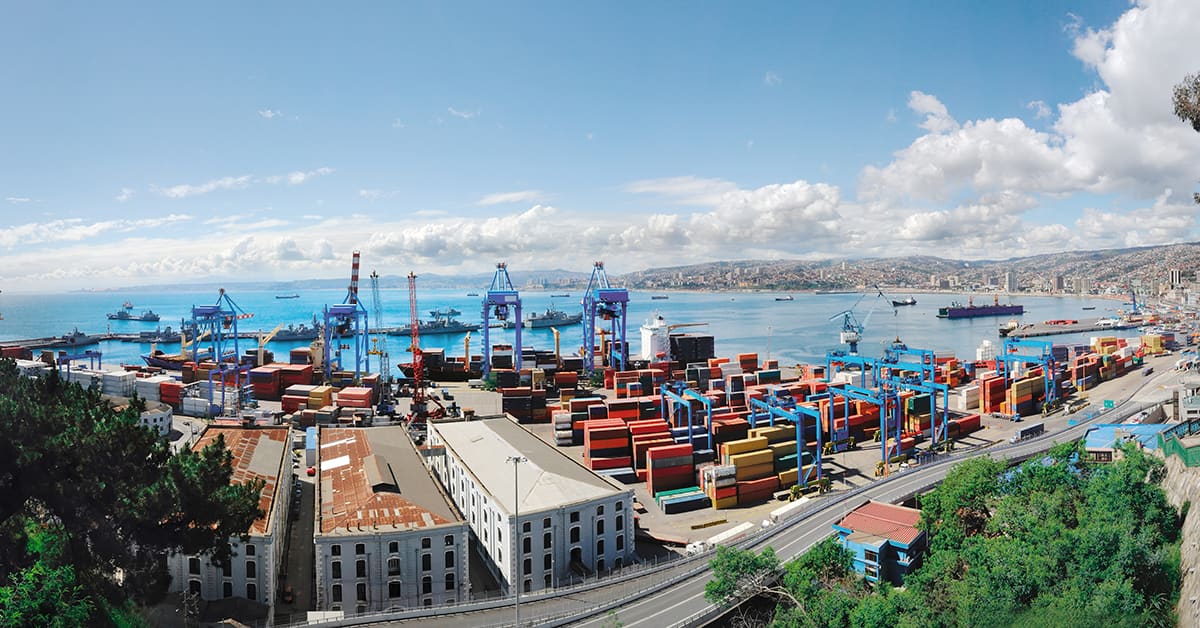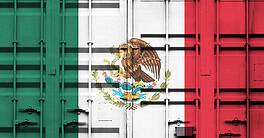While supplychain issues and inflation keep driving global energy and commodity prices upward, Latin America's devaluating currencies are making their exports far more competitive.

Brazil, Mexico, Chile, Argentina and Uruguay all reported unseen levels of export-related profitability year to date, boosting their post-pandemic economic recoveries.
While supplychain issues and inflation keep driving global energy and commodity prices upward, the region’s devaluating currencies are making their exports far more competitive.
“Foreign exchange is a determinant factor in the growth of commodity exports in South America, along with rising production levels and red-hot global demand,” explains Andrea Cordeiro, CEO of Women in Agribusiness Brazil.
In Mexico, expectations for 2021 point to a $465 billion export profitability, surpassing 2019 volumes, according to Fernando Ruiz Huarte, director of the Mexican Council of Foreign Tradee.
“I believe that we will keep incrementing our exports steadily throughout the rest of the year, which will allow us to end the year well above our maximum total of export, recorded in 2019,” he says.
However, the global semiconductor shortage is still a deterrent in the equation, given that the automotive industry is currently responsible for 28.8% of total Mexican exports, he adds.
In Brazil, the country’s trade surplus reached record levels each month during the first eight months of the year for a total of $58 billion, of which $230 billion came from total exports, according to the Ministry of Foreign Exchange. The primary industries responsible for the milestone were grains, meat, iron and oil. Notably, in September, the country witnessed a setback in its agricultural business due to a record-setting drought, which also pressured energy prices, increasing production costs. As a result, the trade surplus retreated 45% on a monthly calculus, endangering yearly figures.
Grains and meat were also the main drivers for exports in Argentina and Uruguay, which benefited from the Brazilian environmental issues, setting records for August and September by boosting exports to the neighboring country while maintaining solid business volumes with China.
In Chile, both exports and imports are at record highs in aggregate for the year, displaying the strength of the country’s reopening. The International Monetary Fund reports that Chile is one of the fastest-growing economy in the region for the year.



